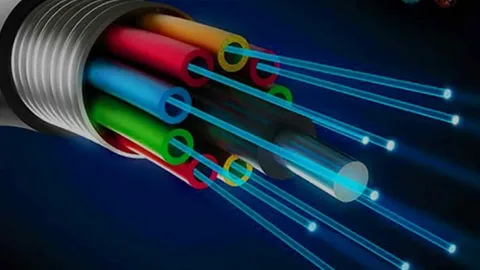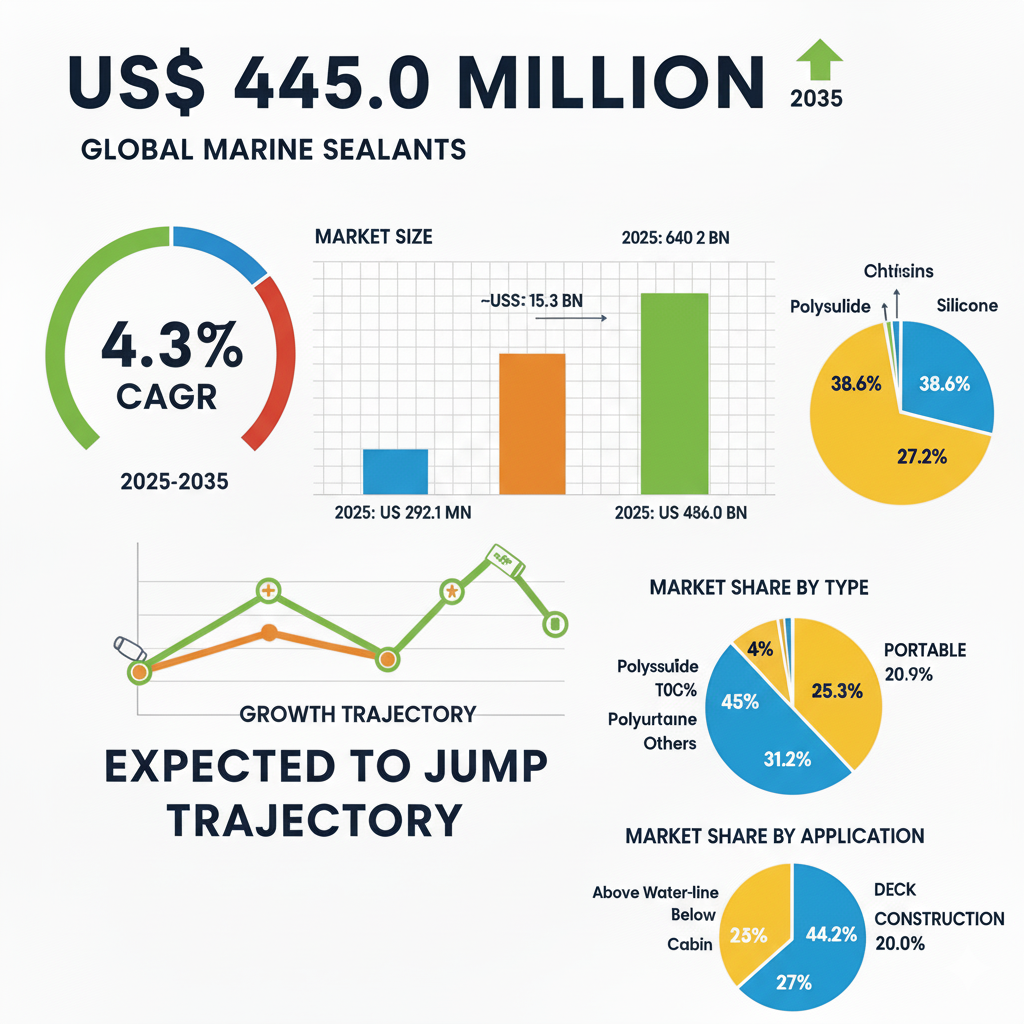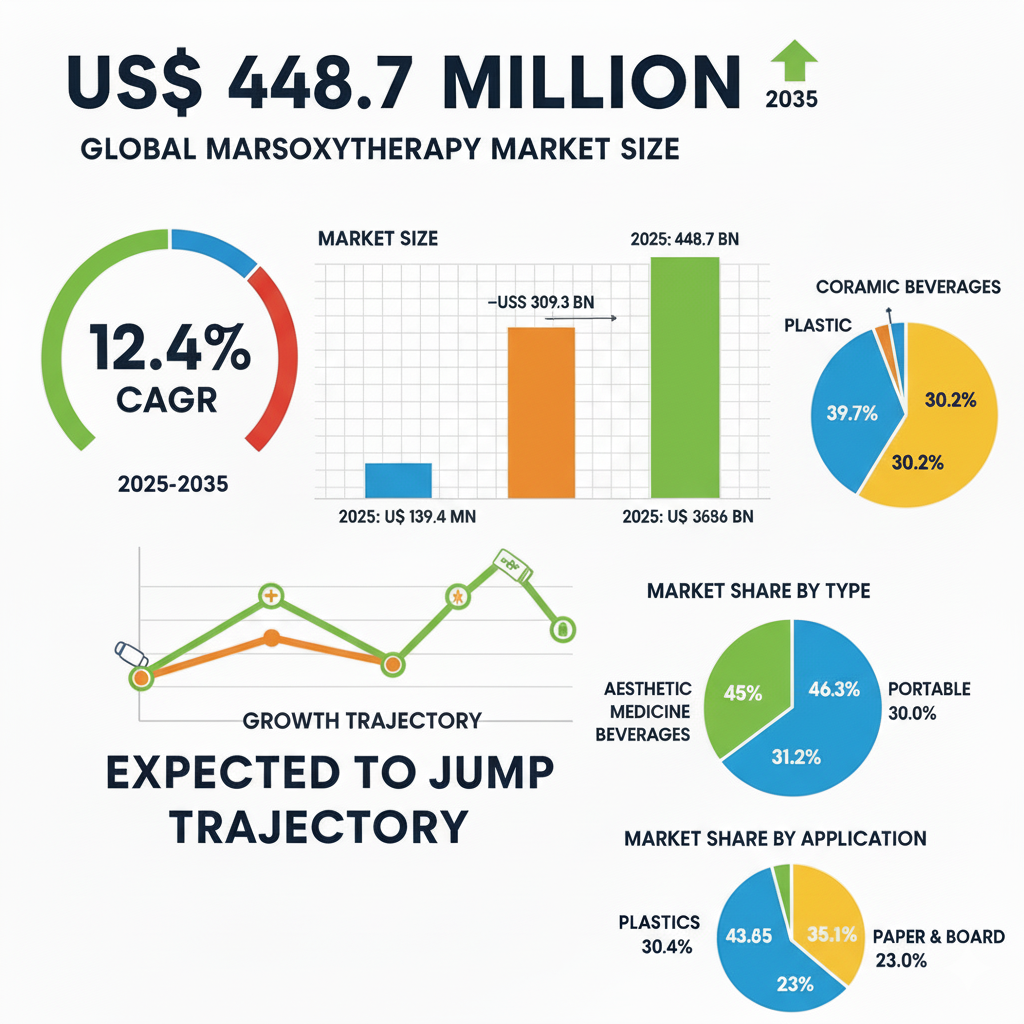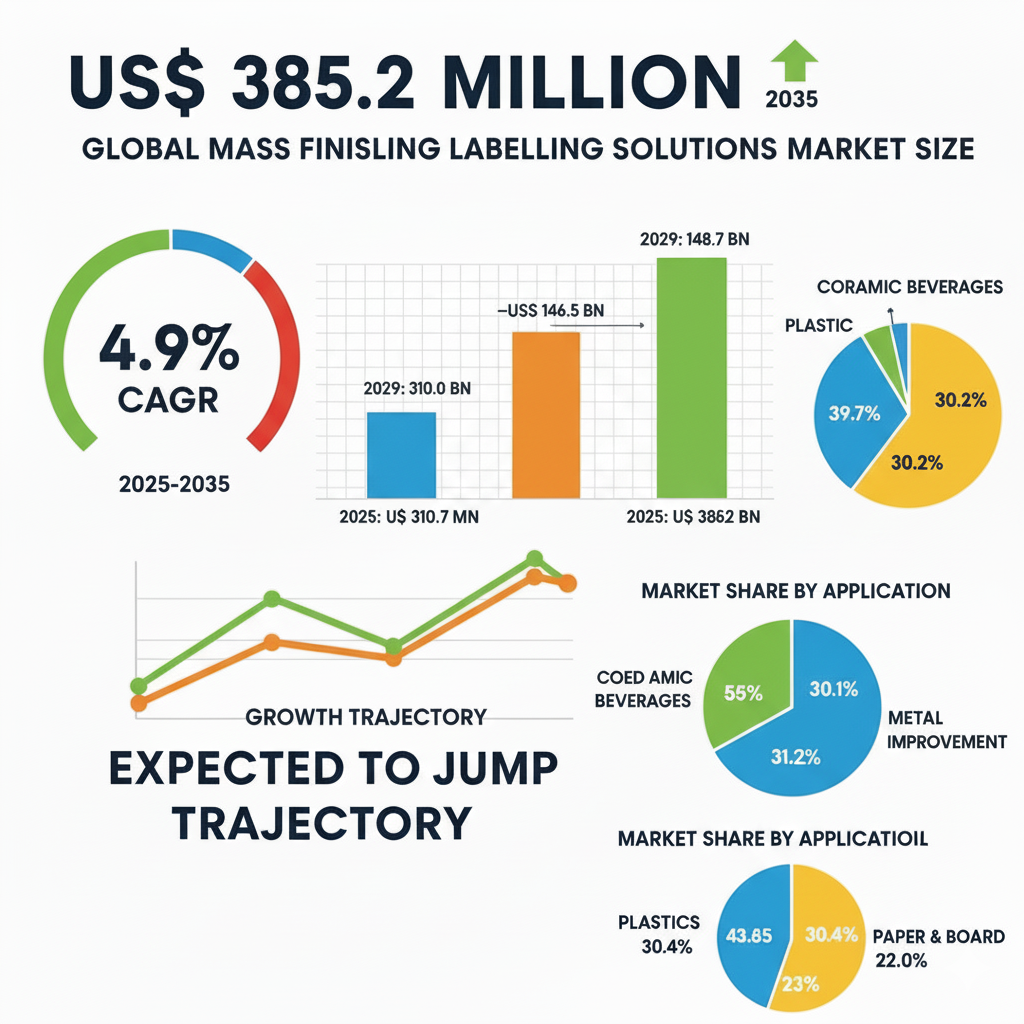The global distributed fiber optic sensor market is projected to grow significantly over the next decade, expanding from USD 1.72 billion in 2025 to approximately USD 3.85 billion by 2035, reflecting a CAGR of 8.2%. This steady rise in market valuation is primarily attributed to the expanding need for reliable, long-distance sensing technologies in industrial safety, energy efficiency, and infrastructure resilience.
In a world increasingly reliant on real-time data and resilient infrastructure, the ability to monitor vast physical systems continuously and accurately has become a competitive advantage—and, in many cases, a necessity. At the heart of this transformation is a technology that doesn’t blink, break, or miss a beat: Distributed Fiber Optic Sensors (DFOS).
Invisible to the untrained eye, DFOS technology turns standard fiber optic cables into long-range, high-resolution sensing networks—capable of detecting changes in temperature, strain, pressure, or vibration across tens of kilometers. It’s not just a sensor—it’s a continuous line of insight.
Get Ahead with Our Report: Request Your Sample Now!
https://www.futuremarketinsights.com/reports/sample/rep-gb-623
More Than a Sensor: A Nervous System for Critical Assets
Unlike traditional point sensors, distributed fiber optic sensors use the entire length of an optical fiber to detect changes at every meter or less. This turns pipelines, tunnels, power lines, and railways into self-monitoring structures—capable of reporting leaks, cracks, stress, or intrusion in real time.
The fiber acts as both the medium and the sensor, enabling uninterrupted monitoring across extreme environments. Whether buried underground, stretched along bridges, or submerged in oil wells, DFOS systems deliver rich spatial data without requiring thousands of discrete sensors.
Outpaced by Wireless and IoT Buzz, Yet Unmatched in Coverage
While the tech world rushes to deploy wireless sensors and IoT nodes, DFOS operates with a quieter kind of intelligence. It doesn’t need batteries, signal towers, or frequent maintenance. Once installed, it can monitor for decades—unaffected by electromagnetic interference, corrosion, or harsh conditions.
Its value lies in permanence and precision. In industries where failure is not an option—such as energy, defense, and transportation—DFOS delivers what few others can: full-field, real-time visibility over long distances with pinpoint accuracy.
Turning Infrastructure into Intelligent Networks
DFOS is central to the rise of smart infrastructure. By detecting early signs of fatigue or displacement, it allows engineers to intervene before small issues become catastrophic failures. In oil & gas pipelines, it locates leaks within meters. In perimeter security, it detects foot traffic or digging attempts. In bridges and dams, it maps strain under changing loads and conditions.
This transformation—from static infrastructure to self-reporting systems—is redefining asset management. It enables condition-based maintenance, reduces inspection costs, and extends the life of critical investments.
Integration Demands a Holistic Approach
While the sensing capabilities of DFOS are powerful, its integration into existing operations requires careful planning. Data volume is high. Interpretation requires advanced analytics. And deployment often involves retrofitting existing infrastructure with fiber lines and interrogator units.
To maximize value, organizations must align physical deployment with digital readiness—ensuring that data captured in the field can be processed, visualized, and acted upon at speed. Partnerships between sensor manufacturers, software developers, and system integrators are key to realizing the full potential of DFOS.
Exhaustive Market Report: A Complete Study
https://www.futuremarketinsights.com/reports/distributed-fiber-optic-sensors-market
Sustainability, Safety, and Scalability
In the broader push toward sustainability, DFOS is proving to be an enabling technology. By detecting leaks early, it prevents environmental damage. By monitoring structural health, it reduces wasteful over-engineering. By enabling remote surveillance, it cuts down on unnecessary inspections and emissions.
Its scalability—from a few kilometers to hundreds—makes it suitable for everything from smart cities and offshore wind farms to national defense infrastructure. And as fiber networks expand globally, the opportunity to layer sensing onto existing communication lines offers a future-ready path for growth.
Unseen, Yet Unstoppable
Distributed fiber optic sensors may never be seen by the average person, but their impact is embedded in the reliability of the systems we depend on. From powering safe energy delivery to protecting critical infrastructure, DFOS is redefining what it means to monitor, manage, and secure the physical world.
In a future that demands resilience, real-time insight, and zero blind spots, DFOS stands as the silent sentinel—transforming ordinary fiber into extraordinary awareness.






